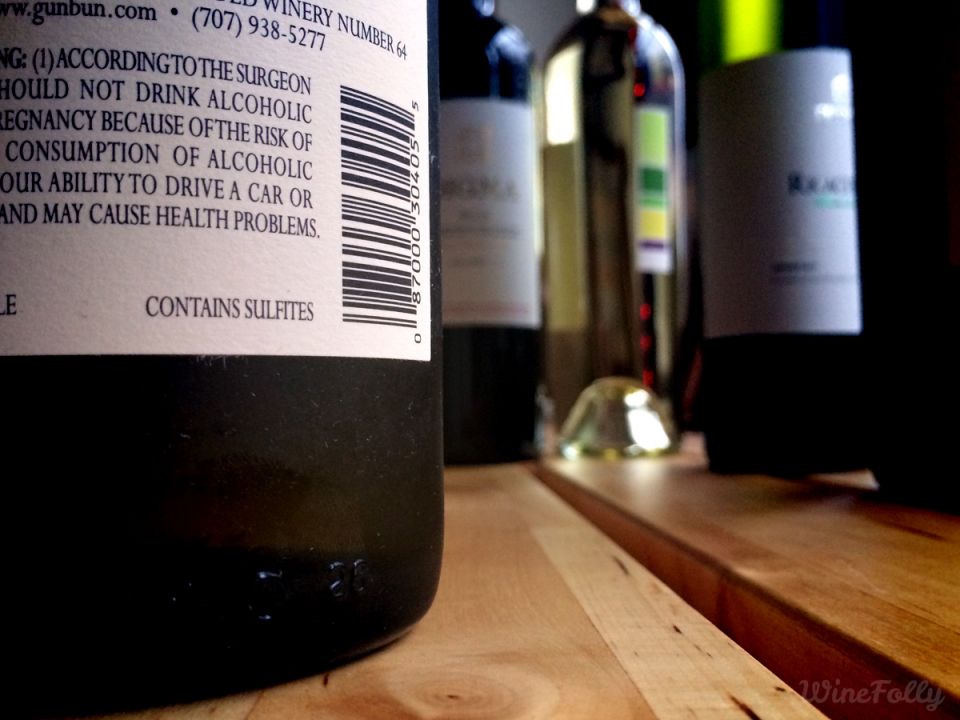Since the Romans ruled the civilized world, sulfites have aided in the preservation and storage of wine. Sulfur Dioxide in its various forms is essential in every winemaker's tool box. For the home winemaker, it is available in three basic forms. As Campden tablets, in a powder as potassium metabisulfite, or in a granular form known as inodose granules. The function of SO2 in wine is to prevent microbial contamination, reduce the effects of oxidation, prevent color from deteriorating and hinder the multiplication of yeast that do not generate alcohol.
So our question now becomes not if we should use sulfites, but how much do we use? This is where the sensible thing comes into play. While variables will always exist, the most useful method for determining how much SO2 needs to be present in your wine is pH.
The efficacy of SO2 is improved in pH levels below 3.5, as a result, less SO2 is required in wines below that level. You should always know the pH value of your wine. Use the attached scale to determine how much SO2 you should have to protect your wine: www.accuvin.com. Then use the www.winemakermag.com calculator to determine how much to SO2 to add.
The next question is when do I sulfite? The first addition of sulfite should come while the crush is taking place. Mixing thoroughly is vital so as more grapes continue to enter the primary fermenter, continue turning the must. Bacteria begin multiplying quickly, so do not wait. About 6 grams in 52 gallons is sufficient at this time.
*If you are considering malolactic fermentation, do not add more SO2 prior to the completion of MLF, the next addition should come after pressing. As your wine is no longer protected by the blanket of CO2 provided in the fermentation process. Sulfiting after press is a sound practice. An additional 3 to 6 grams in 52 gallons is acceptable, and can vary based on the pH of your wine.
Should I resulfite if my wine continues to age?
If storing your wine in a wood vessel such as a barrel, it is necessary to replace the sulfite that is lost due to progressive oxidation. Normally around 10ppm in 52 gallons per month. This is due primarily because of the oxygen exchange through wood. If you are storing your wine in glass containers such as carboys or demijohns, the loss of SO2 is far less and replenishment becomes necessary with less frequency. In that scenario, every 6 months add 1.25ppm in 5 gallons is sufficient in most cases.
Testing for SO2 can be intimidating for home winemakers. The ripper method or aeration/oxidation method are not common practices for most home winemakers. Accuvin makes a fairly accurate, easy to read test kit, that is affordable. Vinmetrica makes an excellent digital unit albeit somewhat more costly, around $350.00. Lab testing is also another option. Virginia Tech Enology offers a very detailed, quick service.
Sulfite, and enjoy your wines for many years to come.
Cheers!






